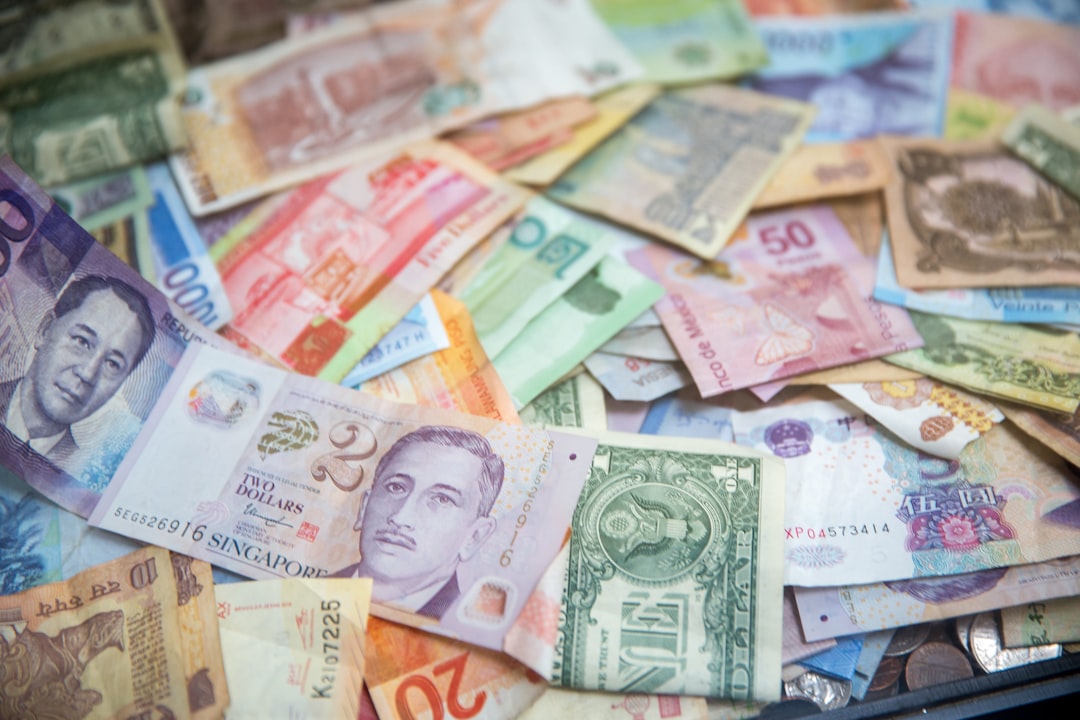Most Asian currencies weakened on Monday, pressured by rising geopolitical risk and a stronger U.S. dollar after Washington launched strikes on three nuclear facilities in Iran. The greenback saw safe-haven inflows while regional currencies struggled despite strong domestic economic data.
Dollar Gains Amid Safe-Haven Flight
The dollar index rose 0.3% in early Asian trade, extending last week’s momentum. Markets rushed into the greenback after U.S. President Donald Trump claimed the strikes neutralized Iran’s nuclear capabilities, though these claims remain unverified.
Amid fears of a blockade in the Strait of Hormuz, oil prices spiked and risk appetite sharply declined. The Chinese yuan (USDCNY) rose 0.1%, the Indian rupee (USDINR) climbed 0.2%, and the South Korean won (USDKRW) jumped 0.7%, reflecting investor caution across Asia.
AUD, JPY Slip Despite Strong PMIs
-
The Australian dollar (AUDUSD) fell 0.7%, even after robust PMI data showed a rebound in both manufacturing and services.
-
The Japanese yen (USDJPY) lost 0.5%, failing to attract typical safe-haven flows, suggesting traders are prioritizing dollar liquidity over traditional safety plays.
Investors are also wary ahead of Fed Chair Jerome Powell’s two-day testimony before Congress, starting Tuesday. His remarks will likely shape expectations on the interest rate path, especially after the Fed flagged stagflation risks last week.
Monitor Global FX Market Volatility
To track daily forex movements like USDINR, USDCNY, USDJPY, and more, access the Forex Daily data feed. It offers up-to-date price quotes, historical comparisons, and real-time insights across global currency pairs.




